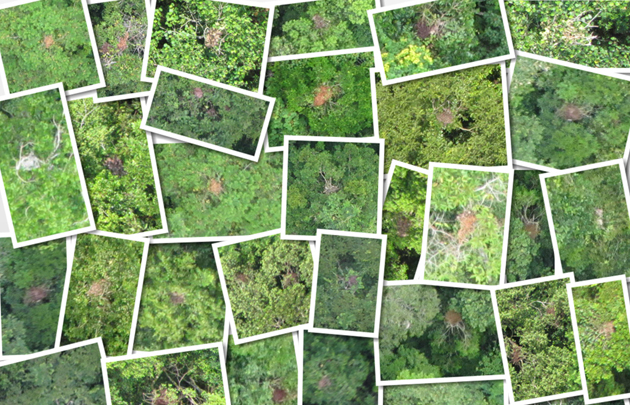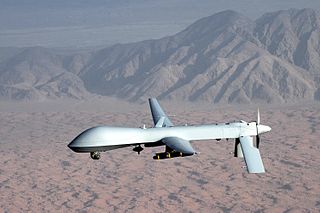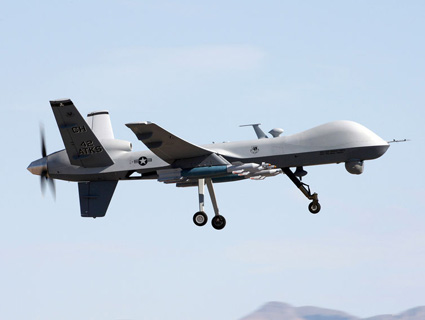A new flock of drones is taking flight in America’s skies, and they are here to help. Really. Unmanned aerial vehicles (UAVs), a.k.a. drones, are ready to take over jobs that are too dangerous or simply too boring for human pilots. What’s holding them back, until 2015 at least, are FAA regulations that bar the commercial use of robot aircraft.
Government agencies and state universities are already using drones in ways that do not include secretly tracking and killing people. Eventually we may have FedEx drones or even personal taco delivery vehicles. But in the meantime, here are eight cool things drones can already do:
Farming: The Japanese have used robo-crop-dusters for decades, but those FAA regulations have kept ag limited to government sponsored projects. That could change when the FAA allows the commercial use of drones in 2015. Farmers and ag programs are gearing up for drones that can monitor the growth of crops as well as the drones like the crop dusters used in Japan. And with the shortage of skilled ag pilots, drones could very well swoop in.
Chasing storms: Since 2007, NASA has owned a pair of Global Hawks, the same UAVs used by the military to spy on foreign countries. Fitted with instruments to monitor clouds, winds, and temperature, the Global Hawks can hang out where few human pilots want to—in the middle of a hurricane. In September, a Global Hawk spent nearly two weeks monitoring the life cycle of the bizarrely long-lived Hurricane/Tropical Storm Nadine. NASA scientists hope to use the drones to glean insights into how hurricanes form, especially now that climate change has made superstorms a more pressing problem. (Check out NASA’s website for an interactive view of the Global Hawk—with bonus action music!)
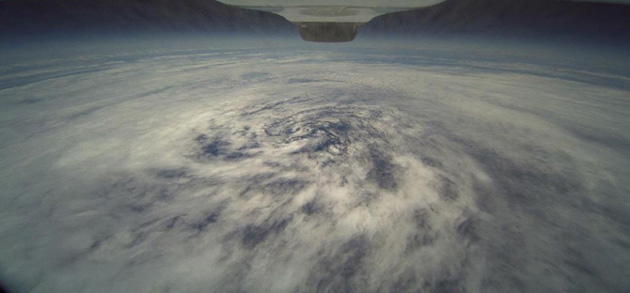 Photo of Tropical Storm Frank taken from a Global Hawk NASA/NOAA
Photo of Tropical Storm Frank taken from a Global Hawk NASA/NOAA
Catching poachers: When you’re trying to track poachers across thousands of acres, it helps to have eyes in the sky. The World Wildlife Fund has tested a fleet of small, hand-launched, camera-equipped drones in Nepal. And the WWF just won a $5 million Google grant to implement a drone-based poacher surveillance system in Asia and Africa.
Watching the environment: The scientists who came up with the WWF drones have already used them to monitor orangutans and deforestation in Indonesia. The US Geological Survey also has a whole office devoted to drone projects. Its aircraft have monitored invasive species in Hawaii, crane migration, and a dam removal in Washington. Most of these projects involved Raven A drones retired from the army.
Going into the danger zone: In the first weeks after the Fukushima nuclear disaster, when radiation levels near the plant were too dangerous for humans, in flew an 18-pound robot called the Honeywell T-Hawk. The T-Hawk sent back videos of stunning devastation. Drones are no stranger to danger. BP has tested quadrotor drones in its oil fields, inspecting rigs while outmaneuvering gas flares that occasionally burst into fireballs.
Looking for trouble: 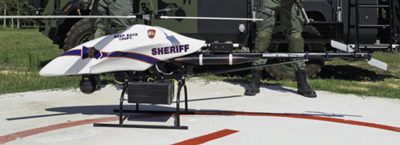 The Montgomery County Sheriff’s Office’s Shadowhawk drone Vanguard Defense Industries Not surprisingly, law enforcement agencies are quite interested in getting their hands on drones. The Customs and Border Protection Agency has been using them for several years. Last year, one of its Predator Bs helped track down cattle thieves in North Dakota, leading to the first drone-assisted arrest in the United States. Last year, the Montgomery County Sheriff’s Office in Texas became one of the first local police departments to buy its own drone. It cost $300,000; compare that to the $3 million price tag for a helicopter. But police drones bring up a whole host of privacy concerns. And safety concerns as well: Montgomery’s relatively simple drone crashed into a SWAT team during a photo op.
The Montgomery County Sheriff’s Office’s Shadowhawk drone Vanguard Defense Industries Not surprisingly, law enforcement agencies are quite interested in getting their hands on drones. The Customs and Border Protection Agency has been using them for several years. Last year, one of its Predator Bs helped track down cattle thieves in North Dakota, leading to the first drone-assisted arrest in the United States. Last year, the Montgomery County Sheriff’s Office in Texas became one of the first local police departments to buy its own drone. It cost $300,000; compare that to the $3 million price tag for a helicopter. But police drones bring up a whole host of privacy concerns. And safety concerns as well: Montgomery’s relatively simple drone crashed into a SWAT team during a photo op.
Protecting human rights: On the flip side, some activists have suggested drones can be used to monitor human rights violations. The cofounders of the Genocide Intervention Network have argued that drones should be used by human rights organizations to document violence in Syria, where the government has tried to silence journalists with targeted killings.
Journalism: Old-school newsgathering was based on shoe-leather reporting; are drones the future of journalism? Matt Waite of the Drone Journalism Lab at the University of Nebraska-Lincoln thinks so. The lab has used footage shot by drones to report on the Midwestern drought, and a drone has documented protests in Poland. But drone journalism remains legally dicey, at least until the federal ban on commercial drones is lifted in 2015. The FAA investigated The Daily in 2011 for flying a drone over natural disasters in Alabama and North Dakota. But journalists can still dream about having the ability to grab scoops from above.
@mmoyr Sometimes I wish you worked for Mother Jones.
— Christopher Mims (@mims) December 4, 2012
Well, anybody got a spare drone we can use?

